Teeth Brushing: It’s All About Plaque Control (And That Starts With Your Diet)
When it comes to brushing your teeth, the goal isn’t just about keeping your breath fresh or your smile white—it’s about controlling plaque. And believe it or not, the kind of plaque that builds up around your teeth has everything to do with what you eat.
What is Plaque?
Plaque is a sticky film of bacteria that forms on your teeth. These bacteria love feeding on sugars and starches in your food, especially refined carbohydrates like biscuits, lollies, cakes, white bread, and sugary drinks. The more refined carbs you eat, the more food you’re giving plaque-forming bacteria—and the more brushing you’ll need to do to remove it.
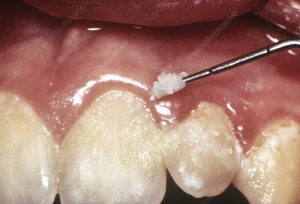
Eat Smart to Brush Less
If your meals are low in refined carbs, your mouth naturally stays cleaner. Foods like leafy greens, meats, and healthy fats don’t give bacteria much to feed on, which means less plaque and less acid produced in your mouth. That means your diet can actually help reduce how often and how intensively you need to brush.
Here are a few plaque-friendly diet tips:
Start with salad: Leafy greens dressed in extra virgin olive oil are full of fiber and help clean your teeth as you chew.
Add your protein and carbs after: Eating carbs after greens may reduce their plaque-forming potential.
Choose smart desserts: If you have a sweet tooth, go for yogurt sweetened with Stevia or a piece of dark chocolate instead of lollies or cakes.
Timing Your Brushing
If your diet is high in refined carbs, it’s best to brush about 30 minutes after eating. That’s because eating causes a drop in your mouth’s pH, making it more acidic—and brushing too soon can damage softened enamel. Waiting allows your saliva to naturally neutralize the acids before you clean away plaque.
When Should You Brush? Let’s Compare
Example A
A eats:
Cereal with milk for breakfast
Apple and dried fruits for morning tea
Sandwiches with juice or coffee for lunch
Chips in the afternoon
Burger and fries for dinner
That’s five separate acid attacks from plaque every day. For A, brushing after every meal (once the pH has neutralized) is ideal to avoid long-term damage from acidic plaque buildup.
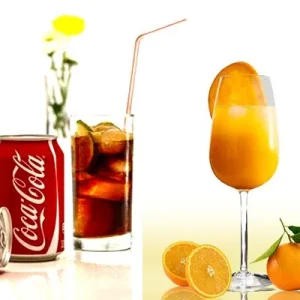

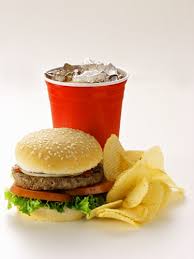
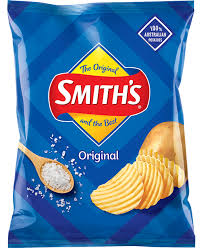
Example B
B eats:
Eggs, avocado, and unsweetened coffee for breakfast
Salad with grilled meat and a small portion of rice for lunch
Bone broth with vegetables and protein for dinner
B’s diet is low in refined carbs and sugar, causing only mild plaque buildup. In this case, brushing once at night is usually sufficient to maintain oral health.

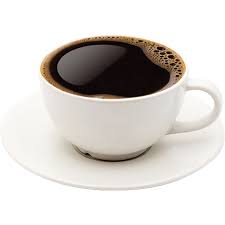
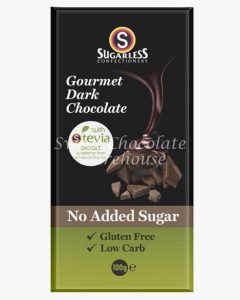
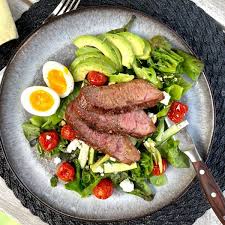
Bottom Line
The real secret to good oral hygiene isn’t just brushing—it’s brushing smart. The kind of food you eat determines how harmful your plaque is. Choose wisely, eat well, and you can preserve your natural teeth for a lifetime.
